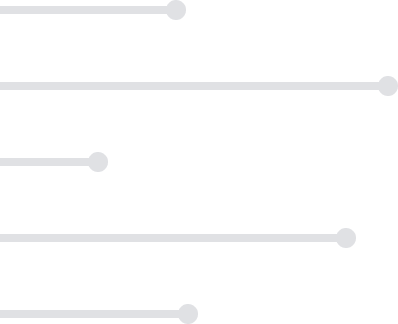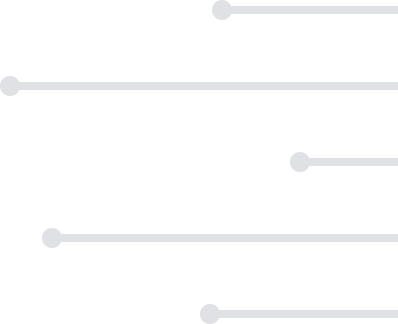
$69
Plus membership
1 Credit
All courses include:
eTextbooks
2 to 3-day turnaround for grading
Multiple chances to improve your grade
On-demand tutoring & writing center
Student support 7 days a week
$69
Plus membership
1 Credit
All courses include:
eTextbooks
2 to 3-day turnaround for grading
Multiple chances to improve your grade
On-demand tutoring & writing center
Student support 7 days a week
Organic Chemistry II Lab
$69
Plus membership
1 Credit
About This Course
ACE Approved 2023
This online Organic Chemistry Lab course is a standalone addition to our Organic Chemistry II course. The online chemistry lab course from StraighterLine will give you a solid foundation for further study into laboratory sciences.
What You'll Learn
Label peaks on infrared spectra.
Deduce molecular structure based on provided spectra using NMR.
Deduce the solubility of seven alcohols in water and oil.
Illustrate the isolation and purification of caffeine.
Illustrate a hydrolysis reaction with acetylsalicylic acid and water, using iron(III) chloride to test for the presence of salicylic acid.
Illustrate fragrant esters synthesis by reacting a series of carboxylic acids and alcohols.
Extract, determine the quantity of, and test casein proteins isolated from milk.
Calculate for the pKa values and isoelectric point of an amino acid by titration with a strong base.
Lab Kit
Prefer the hard copy? Simply purchase from your favorite textbook reseller; you will still get the eTextbook for free. Custom Lab Kit from Science Interactive. Create an account at https://esciencelabs.com/user/register and use the "Have a Code?" page to search for Kit LP-5007-OC-01 which is $169 (plus shipping).


Your Life, Your Schedule, Your Education
Transfer into over 3000+ institutions that accept ACE courses or transfer directly into 180+ partner schools.
request information
Students complete at-home laboratory experiments, in addition to tracking and recording results, and take lab-based assessments to meet the lab requirement. eScience Labs, a leading provider of at home lab kits and supplemental online materials, provides the necessary labs.
There are no prerequisites to take Organic Chemistry II Lab though we highly recommend concurrent enrollment in Organic Chemistry II (CHEM251) and previous completion of Organic Chemistry I (CHEM250) and Organic Chemistry I Lab (CHEM250L) or their equivalents.
| Lab | Objectives |
|---|---|
| Infrared Spectroscopy |
|
| Nuclear Magnetic Resonance |
|
| Properties of Alcohols |
|
| Isolation and Purification of Caffeine |
|
| Hydrolysis of Acetylsalicylic Acid |
|
| Synthesis of Fragrant Esters |
|
| Casein Extraction |
|
| Isoelectric Point Titration/td> |
|
Your score provides a percentage score and letter grade for each course. A passing percentage is 70% or higher.
Assignments for this course include 8 graded exams.
This course does not require a textbook.
Organic Chemistry II Lab students also take:
Helpful resources:







